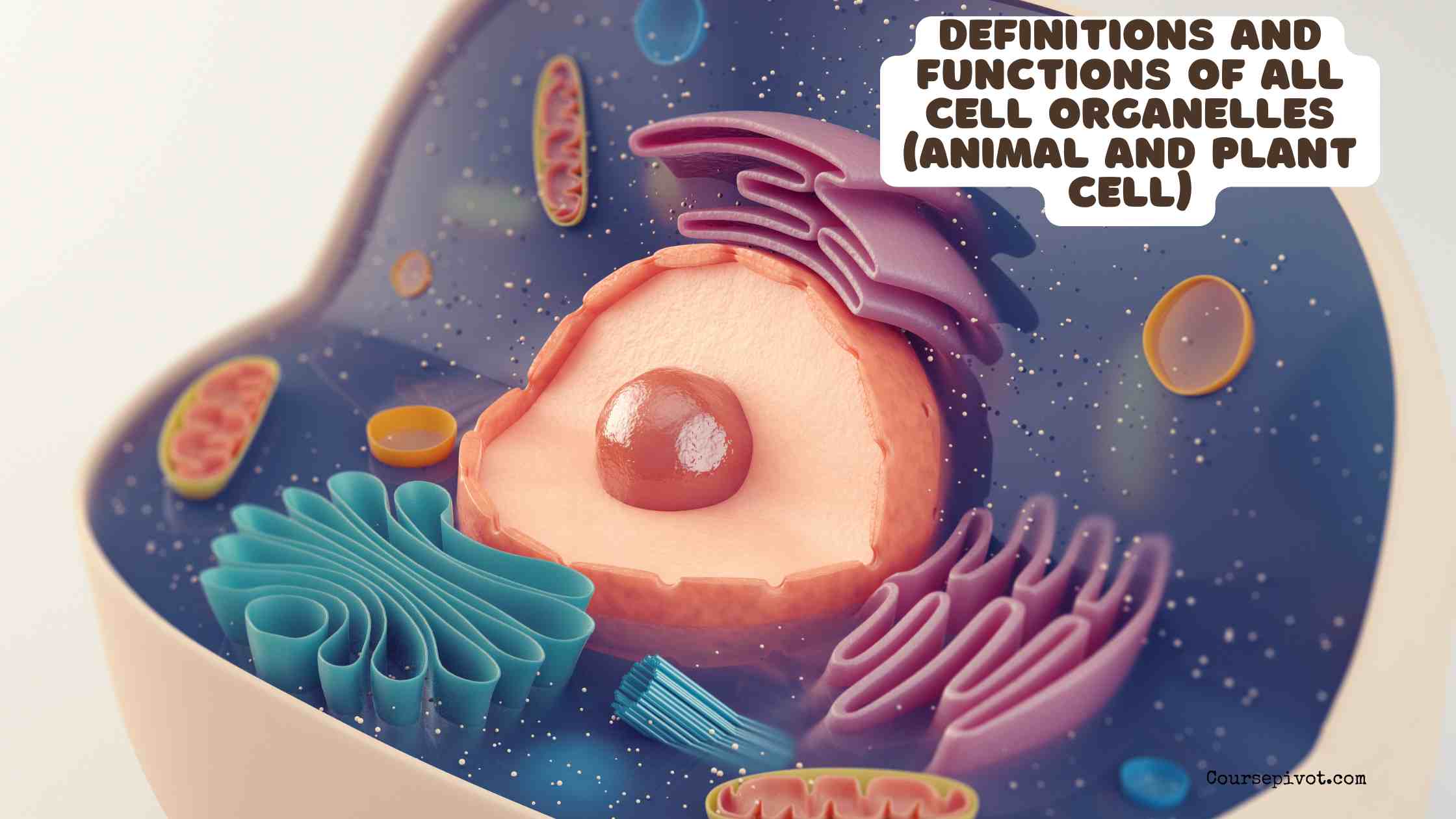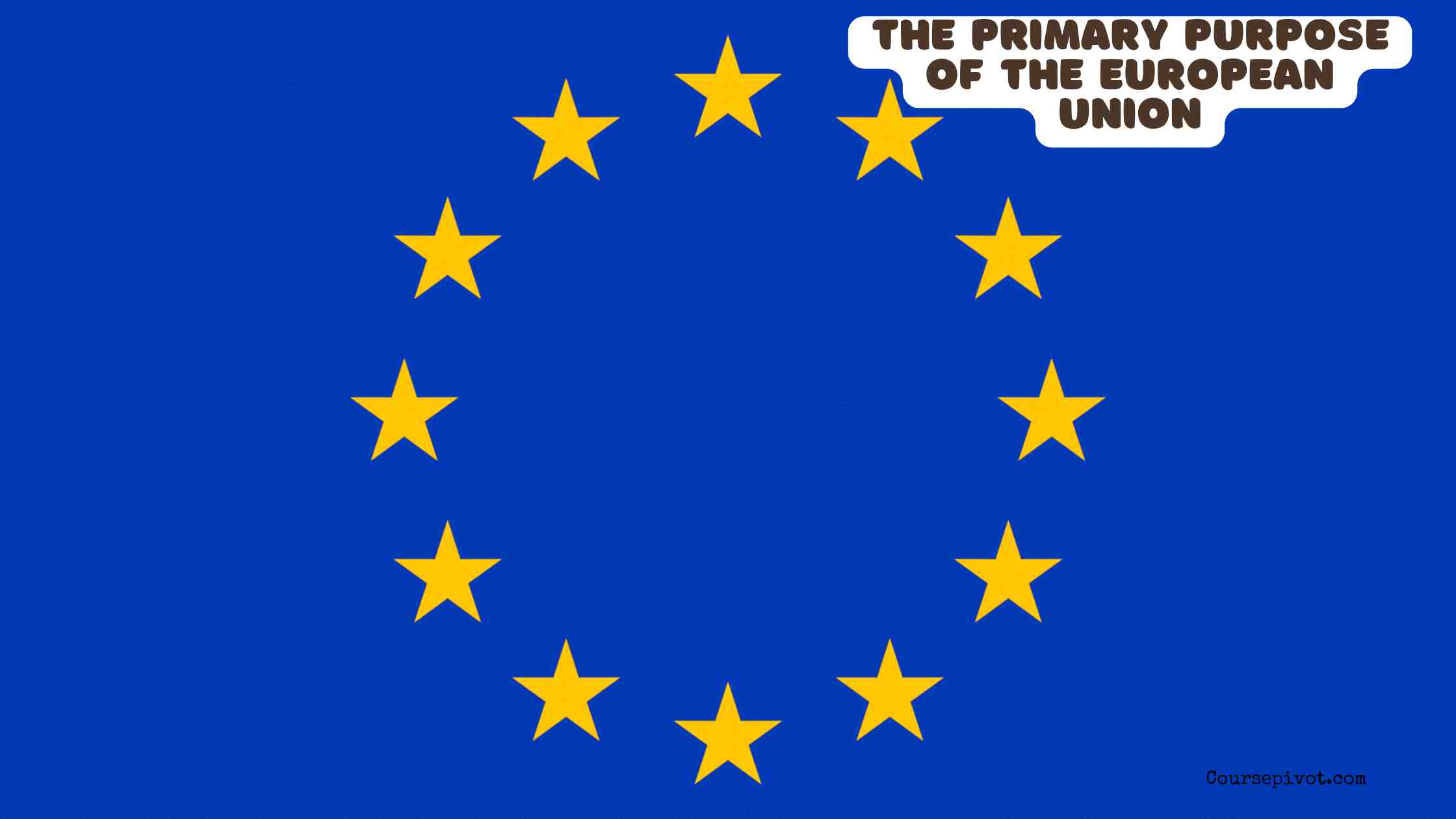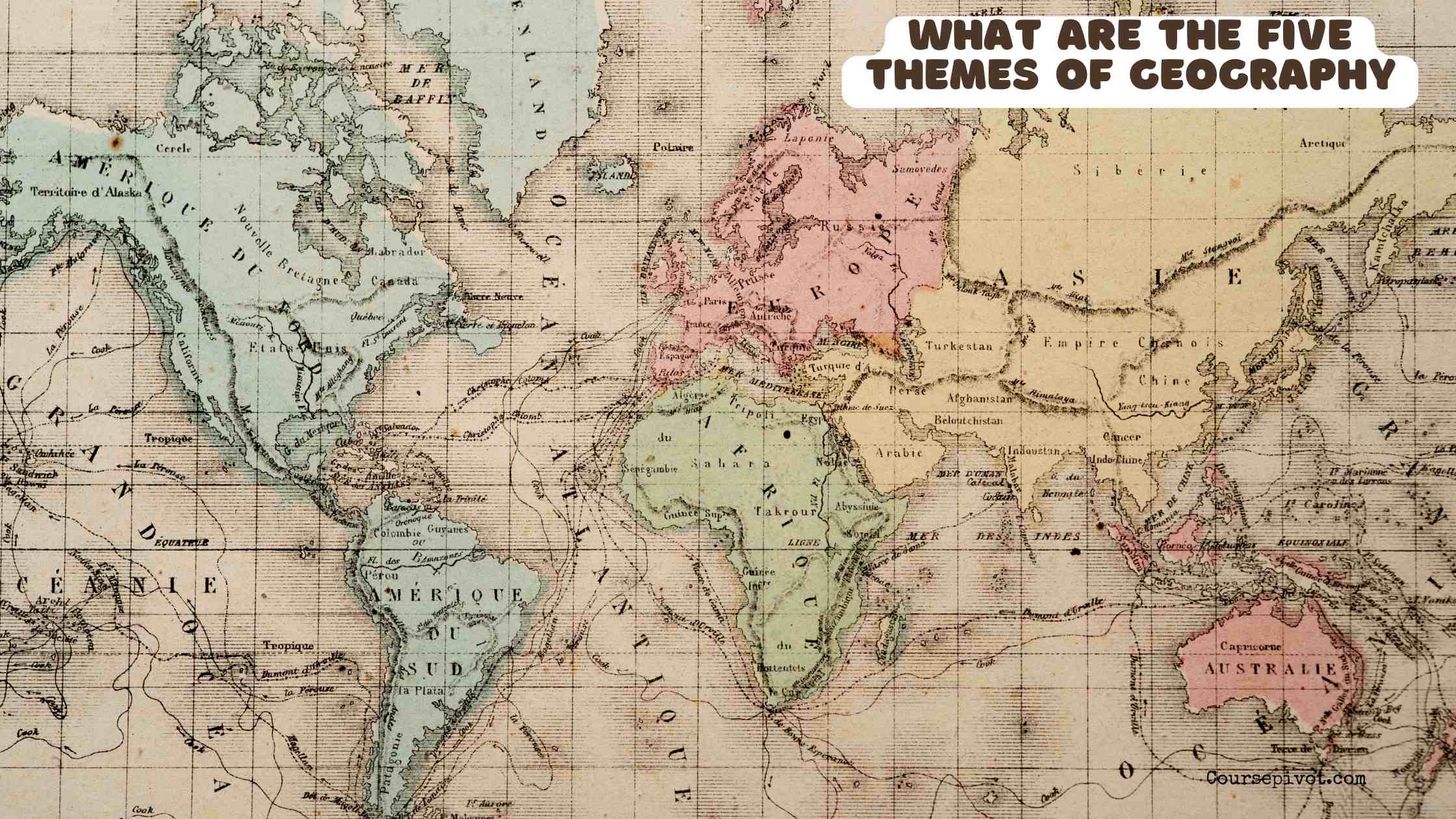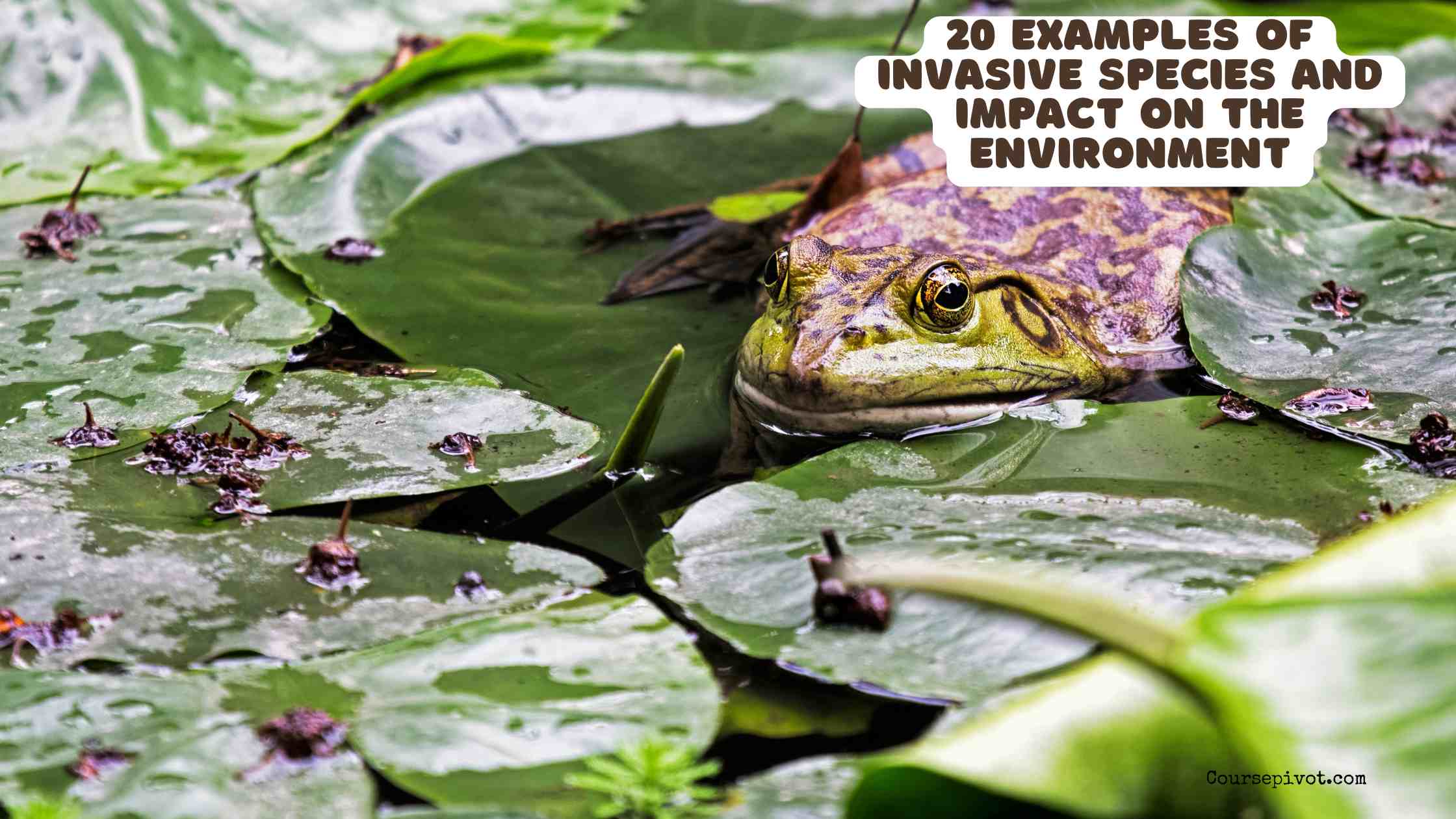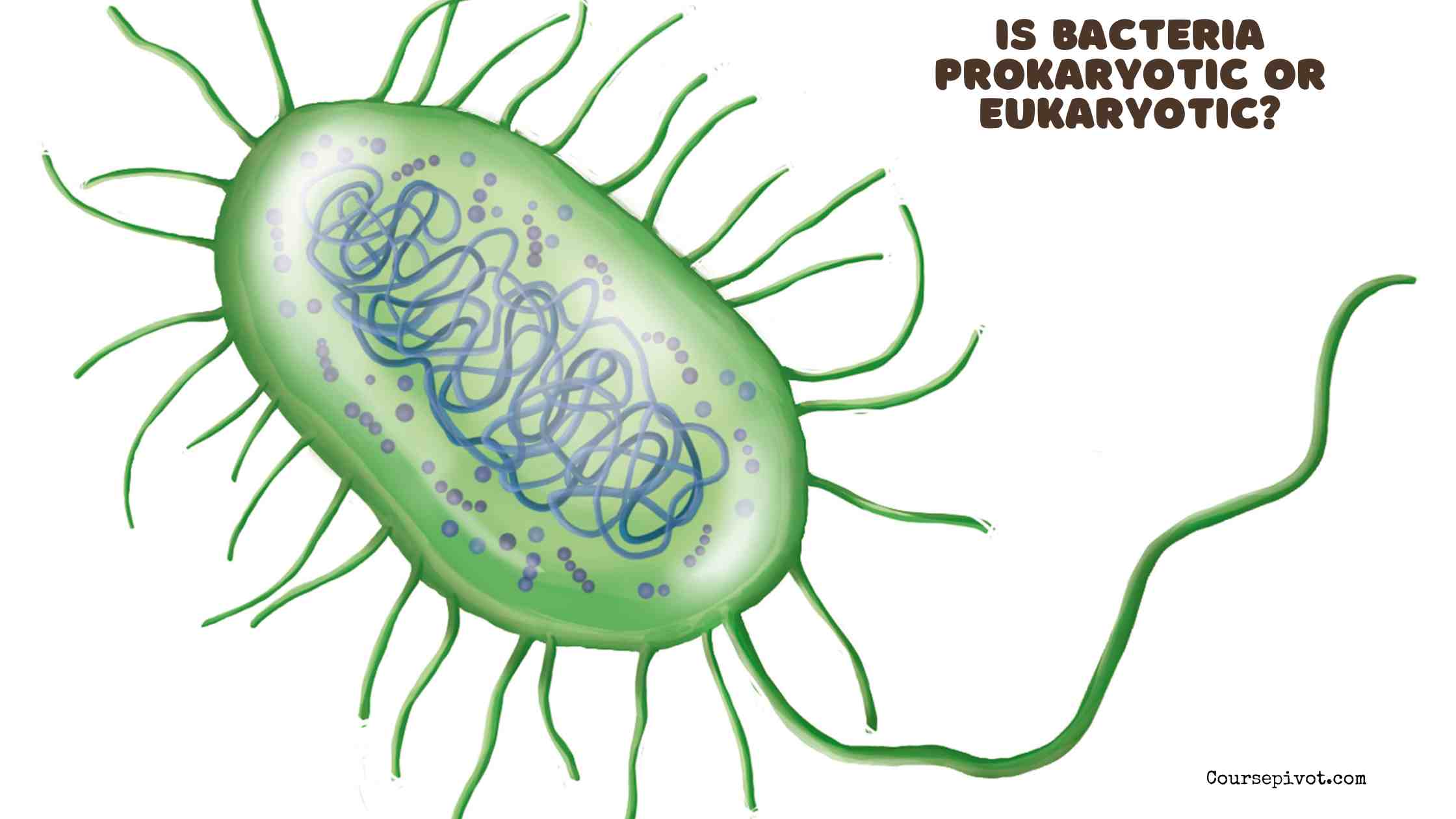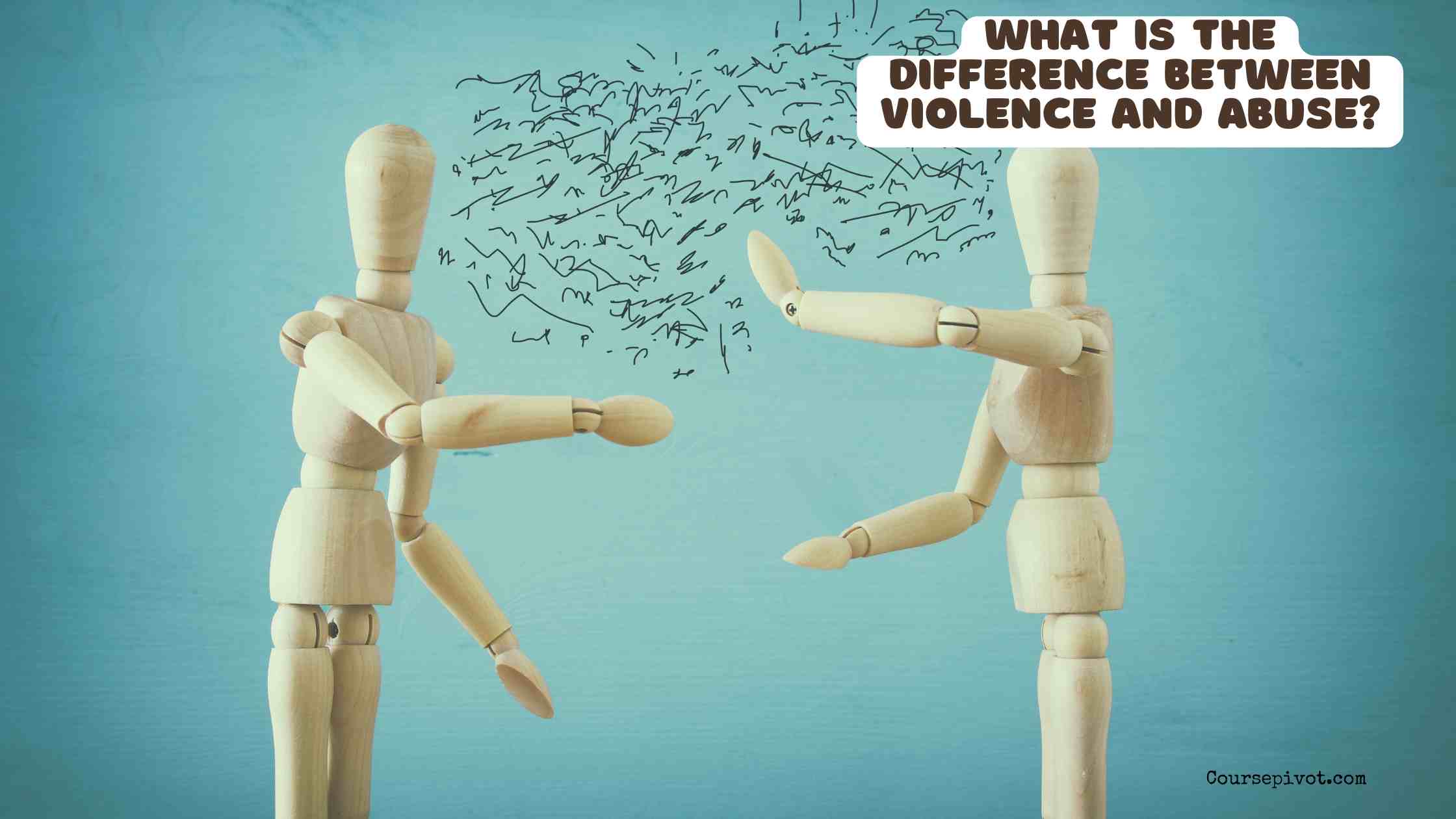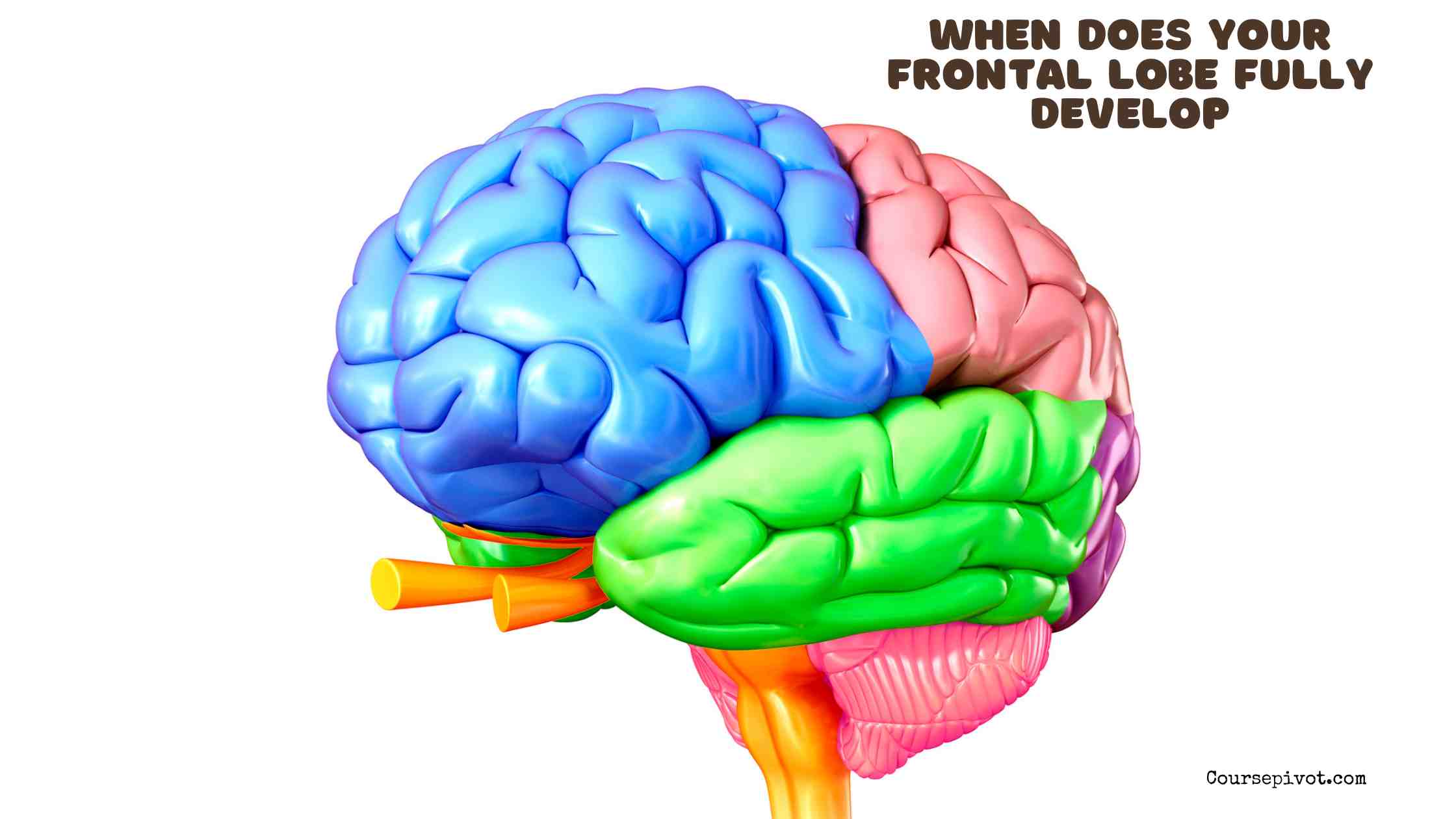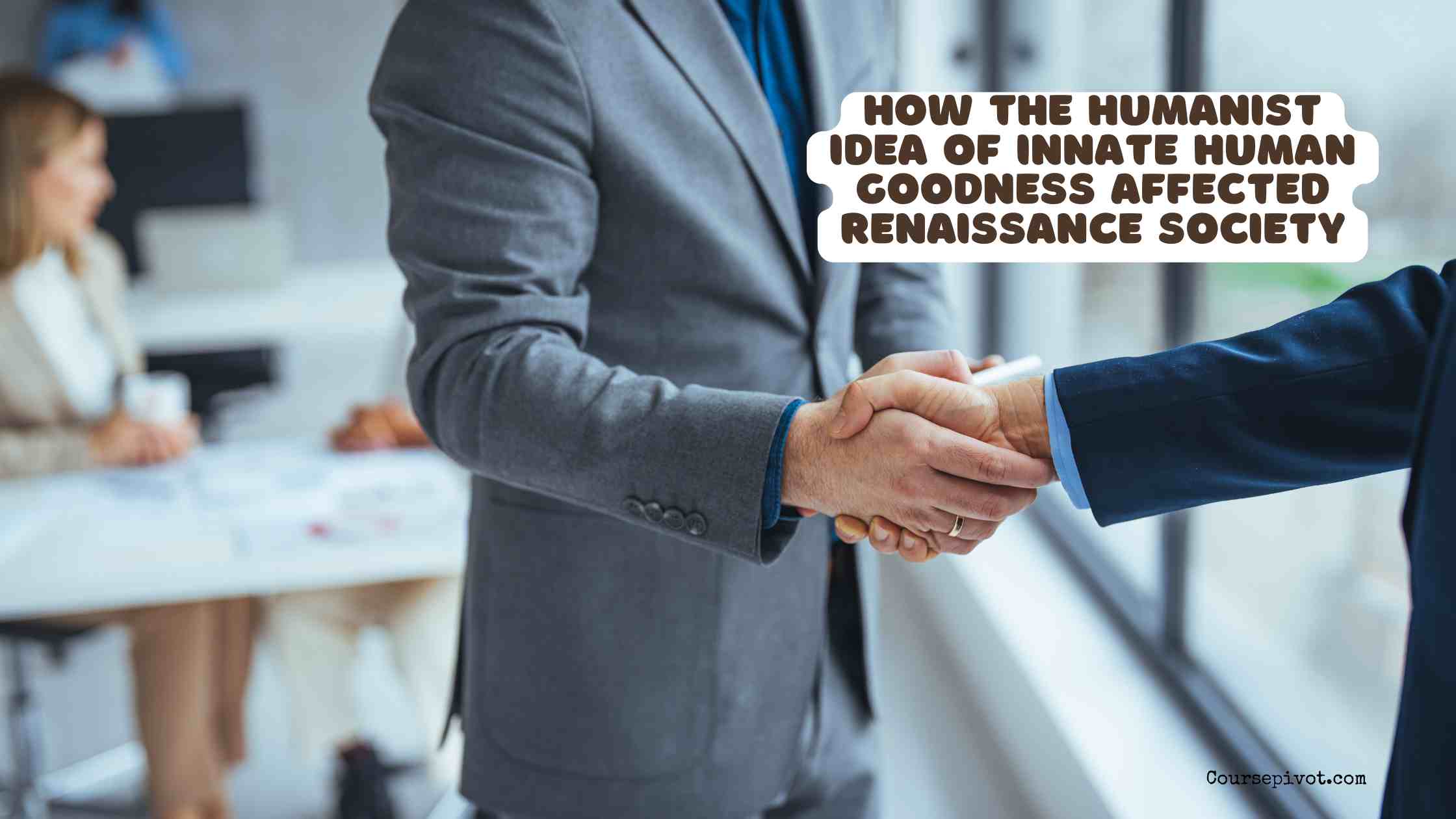Setting unrealistic goals—those beyond one’s current capabilities, resources, or timeframe—can lead to negative outcomes like frustration, burnout, and diminished self-confidence. While ambition drives progress, goals that are overly ambitious or poorly planned often backfire, impacting mental health, productivity, and relationships. The article explores five key consequences of setting unrealistic goals, …
Cell organelles are specialized structures within animal and plant cells that perform distinct functions, like energy production, protein synthesis, and waste management, to sustain cellular life. Animal and plant cells share many organelles, but plants have unique structures due to their photosynthetic and structural needs. The article defines each organelle, …
The primary purpose of the European Union (EU) is to create a common market, fostering free trade and economic integration among member states. Established through treaties like the 1957 Treaty of Rome, the EU has evolved to pursue additional goals that enhance cooperation, stability, and global influence. Beyond the single …
The five themes of geography—location, place, human-environment interaction, movement, and region—provide a framework for understanding how people and places interact across the Earth. Developed in 1984 by the National Council for Geographic Education and the Association of American Geographers, these themes help students, researchers, and educators analyze spatial relationships and …
The automobile industry is considered an oligopoly because a small number of large firms dominate the market, control production, influence pricing, and create high barriers to entry, shaping competition and consumer options. In the U.S., companies like General Motors, Ford, Toyota, and Stellantis account for over 60% of vehicle sales …
Invasive species are non-native organisms that spread aggressively in new ecosystems, often causing ecological disruption by outcompeting native species, altering habitats, and reducing biodiversity. They can lead to extinctions, economic losses, and ecosystem imbalances, with global impacts estimated at billions annually. Below, I’ve compiled 20 well-documented examples from various regions, …
Bacteria are prokaryotic organisms, meaning they lack a true nucleus and membrane-bound organelles, distinguishing them from eukaryotic organisms like plants, animals, and fungi. This fundamental classification shapes how bacteria function, reproduce, and interact with their environment. Understanding whether bacteria are prokaryotic or eukaryotic is key for fields like microbiology, medicine, …
Violence and abuse are related but distinct concepts: violence typically refers to physical acts causing harm, while abuse encompasses a broader range of harmful behaviors, including physical, emotional, psychological, or sexual mistreatment, often involving power dynamics. Both can overlap, but their scope and intent differ, impacting how they’re addressed in …
The frontal lobe, responsible for decision-making, impulse control, and reasoning, typically fully develops around age 25, though this varies by individual. This brain region, particularly the prefrontal cortex, matures gradually through adolescence and early adulthood, shaping behavior and cognitive abilities. Understanding its development is crucial, as it impacts everything from …
It’s been asked, Which humanist idea affected Renaissance society? The humanist idea that people are basically good at their core profoundly shaped Renaissance society by fostering optimism about human potential, encouraging education, artistic expression, and moral responsibility, and challenging medieval pessimism. Emerging in 14th-century Italy, this belief shifted focus from …


